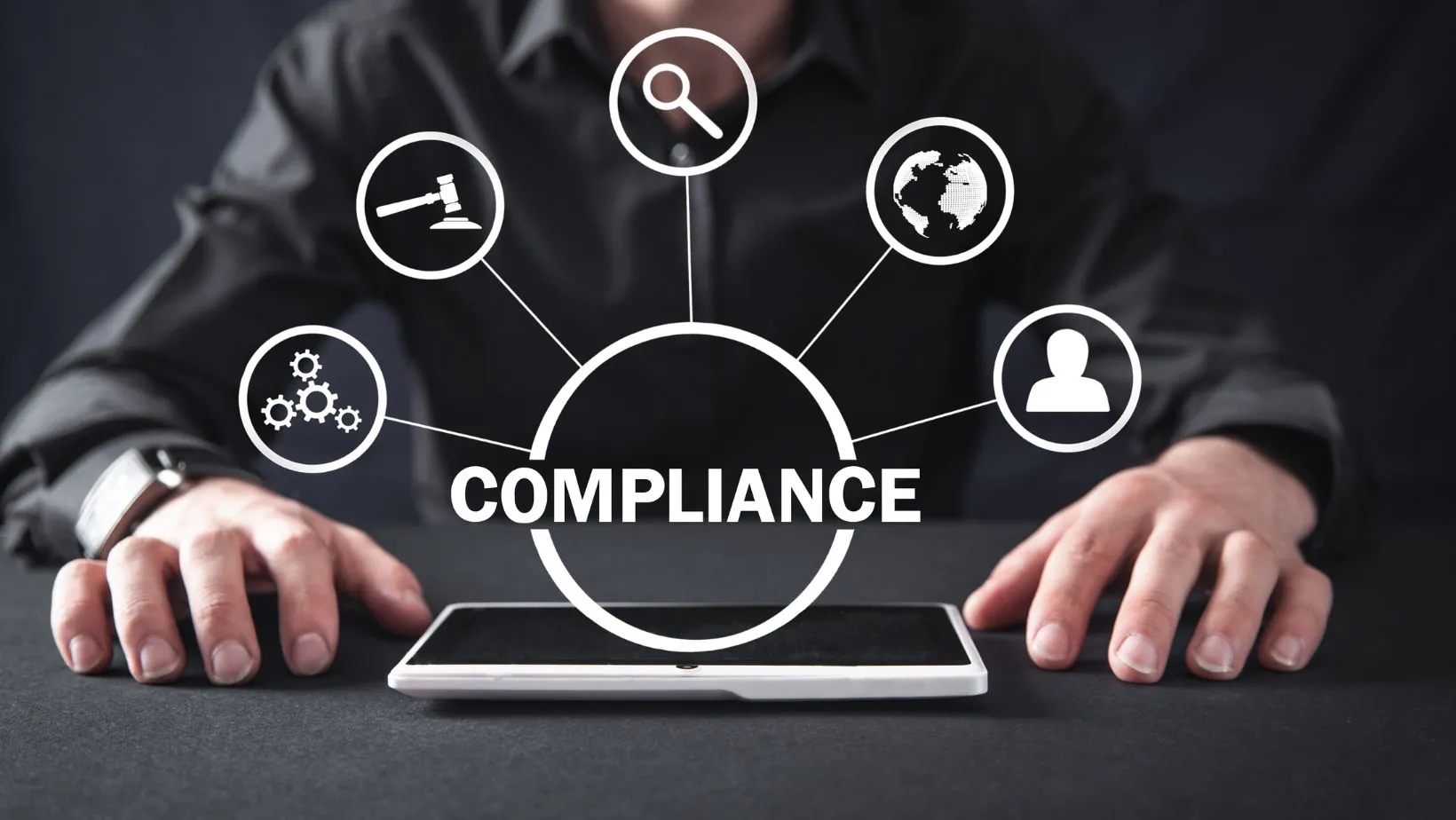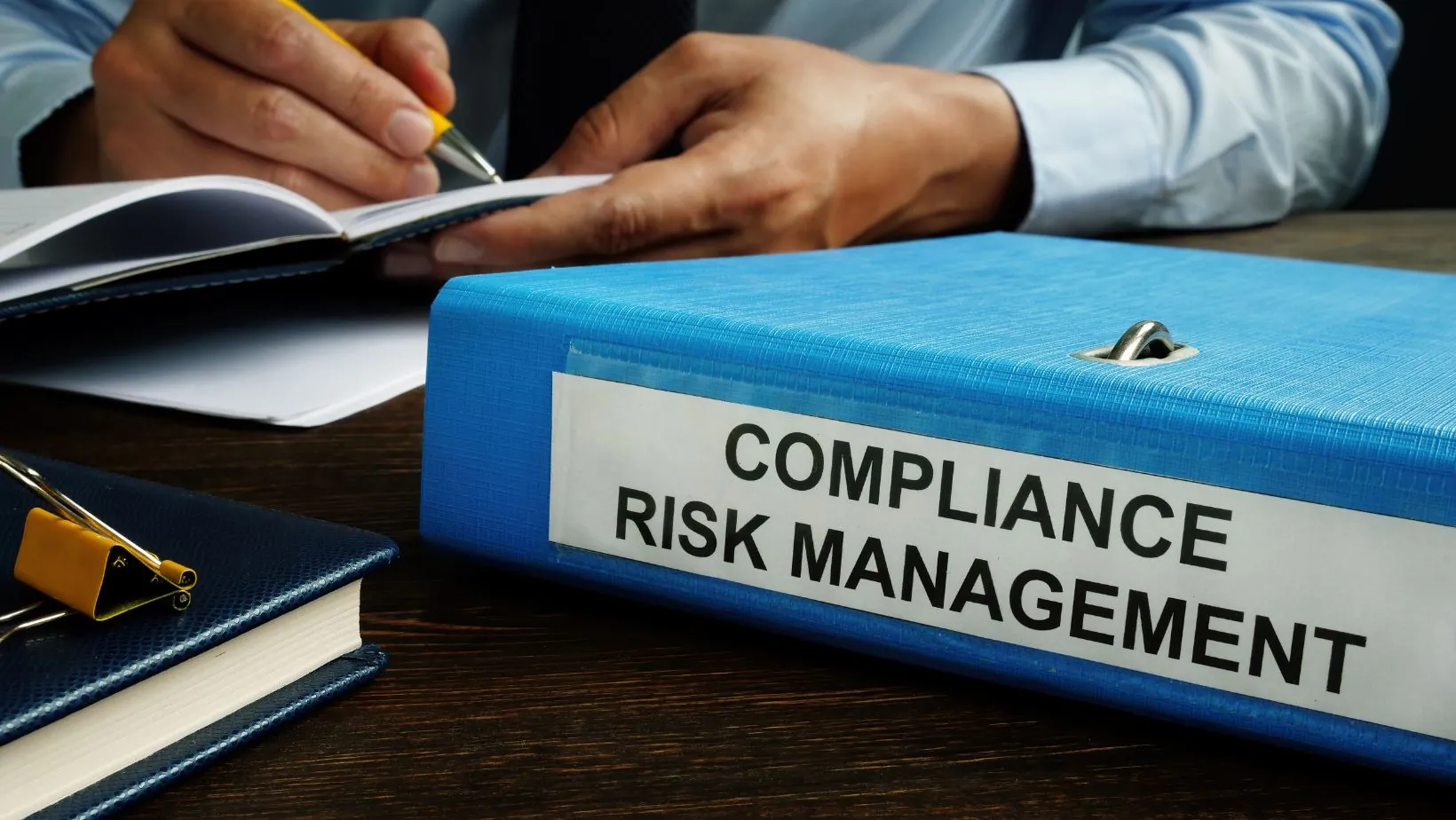Selecting the right platform for governance, risk, and compliance (GRC) is essential for organizations aiming to streamline operations and meet evolving regulatory demands. A well-chosen system can simplify processes, enhance collaboration, and support long-term resilience. This article outlines practical ways to identify the most suitable governance system for your business needs.
Assess Your Organization’s Needs
Understanding your organization’s unique requirements is the first step in choosing the right GRC platform. Evaluate your current processes, goals, and pain points to identify what you need most. This evaluation should include feedback from key stakeholders to gain a comprehensive perspective on organizational needs.
Consider the size of your organization, the complexity of your operations, and your industry-specific challenges. A thorough assessment ensures the platform you select aligns with your business objectives. Including both short-term priorities and long-term growth plans in your evaluation enhances the selection process.
By focusing on specific needs, you can avoid investing in unnecessary features. This targeted approach ensures your organization gets the maximum value from its chosen solution. Engaging team members in this process provides deeper insights into practical requirements and ensures everyone’s needs are considered. Regular evaluations of evolving business challenges can further refine the platform’s effectiveness.
Prioritize Scalability for Future Growth
A scalable framework is vital for businesses expecting growth or changes in their operations. Look for a solution that can accommodate additional users, processes, and data without compromising performance. Scalability allows your organization to adapt to evolving requirements without frequent upgrades or replacements. A flexible system can grow alongside your business, ensuring long-term reliability.

Investing in a scalable platform minimizes disruptions during expansion. It also helps maintain efficiency even as your organization navigates changes in size or structure. Scalable systems also enable smooth adjustments during restructuring or downsizing, preserving functionality without significant resource strain. Long-term scalability ensures your business stays competitive in dynamic markets.
Evaluate User-Friendliness and Accessibility
An effective tool should be easy for all users to navigate, regardless of technical expertise. Intuitive interfaces and clear workflows ensure team members can quickly adapt to the system. Accessibility is equally important. Choose a platform that supports remote access, allowing teams to collaborate efficiently from different locations. This flexibility is particularly valuable for hybrid or distributed work environments.
User-friendly systems reduce the time and resources needed for training. By simplifying adoption, your organization can maximize productivity sooner. In addition, intuitive designs minimize errors, enabling teams to focus on achieving their objectives without unnecessary distractions. Software with self-service options further empowers employees to resolve minor issues independently, saving time and effort.
Examine Integration Capabilities
Integration is critical for ensuring a GRC platform works seamlessly with existing systems. Verify whether the platform can connect with tools you already use, such as data storage, analytics, or communication systems. Platforms with robust integration capabilities help consolidate information across departments. This reduces silos and enhances coordination, resulting in more efficient operations.
Well-integrated systems allow organizations to streamline workflows and automate tasks. These benefits save time and reduce the likelihood of errors caused by manual processes. Integration enables real-time data sharing, promoting transparency and collaboration across all levels of the organization. Streamlined integration reduces duplication of efforts, optimizing time and resource allocation for better results.
Assess Reporting and Analytics Features
Comprehensive reporting and analytics tools are essential for tracking progress and identifying trends. A good platform should offer customizable dashboards and detailed insights modified to your organization’s needs. Analytics features help decision-makers evaluate the effectiveness of strategies and refine them as needed. By visualizing data, teams can focus on areas that require attention, ensuring consistent improvement.
Furthermore, effective reporting tools simplify communication with stakeholders. Clear and concise reports demonstrate progress, fostering trust and accountability within the organization. Advanced analytics provide predictive insights, enabling proactive decision-making that supports long-term success. Real-time analytics ensure decision-makers are equipped with the latest information, allowing for timely and strategic responses to challenges.
Consider Vendor Support and Training
The support and training provided by the vendor play a crucial role in successful implementation. Ensure the platform provider offers comprehensive onboarding, resources, and ongoing assistance to address any challenges. Strong vendor support helps resolve technical issues promptly, minimizing disruptions to daily operations. Training programs ensure team members feel confident using the platform, maximizing its potential benefits.

A reliable vendor will also provide updates and enhancements to align the platform with evolving industry standards. This ensures your system remains relevant over time. Continuous vendor involvement ensures businesses stay informed about new features and functionalities that could enhance operational efficiency. Regular training updates further support skill-building within the organization.
Evaluate Security Features
Security is a top priority for any platform handling sensitive data. Ensure the GRC system you choose includes robust safeguards like encryption, multi-factor authentication, and regular vulnerability assessments. Platforms with strong security measures protect your organization from potential threats and ensure regulatory compliance. A secure system also fosters trust among stakeholders, demonstrating your commitment to data protection.
Additionally, please inquire about the platform’s disaster recovery protocols. Reliable backup and restoration capabilities minimize the impact of unexpected events, ensuring operational continuity. Moreover, security audits should be part of the vendor’s offering, giving businesses confidence in the platform’s resilience. Proactive monitoring features further enhance the system’s ability to detect and lower potential risks before they escalate.
How Can Organizations Ensure Seamless Platform Adoption?
Organizations should involve stakeholders in the selection process to ensure a smooth transition to a new system. Engaging key team members helps identify critical requirements and fosters buy-in for the platform. Trial periods or pilot programs allow teams to test the platform’s features and compatibility. This hands-on approach ensures the system meets your organization’s needs before full-scale implementation.
Ongoing communication and training further support adoption. Organizations can ensure a seamless integration that benefits all stakeholders by providing clear guidance and addressing concerns. Post-implementation reviews help identify areas for improvement, ensuring the platform continues to deliver value over time. Regular feedback loops between users and administrators enable continuous system refinement to maximize effectiveness.
Choosing the right GRC platform requires careful consideration of organizational needs, scalability, user-friendliness, and security. By prioritizing these factors and engaging stakeholders in the selection process, businesses can implement a system that supports growth, efficiency, and resilience. Investing in the right platform empowers organizations to navigate regulatory challenges confidently and achieve long-term success.



